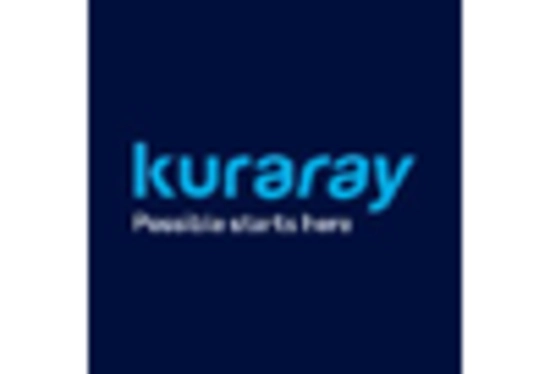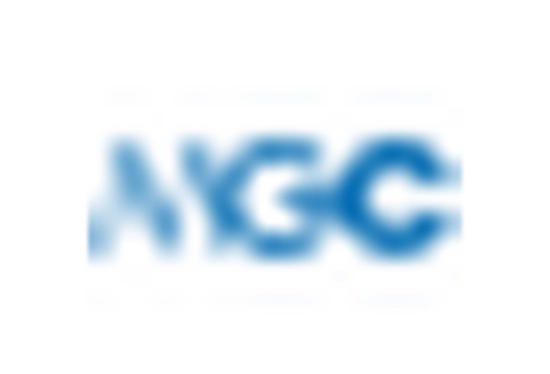Rising Focus on Energy Efficiency
The Polybenzimidazole Market is benefiting from a rising focus on energy efficiency across various sectors. As industries strive to reduce energy consumption and enhance operational efficiency, the demand for materials that can withstand high temperatures and provide excellent insulation is growing. Polybenzimidazole Market, with its superior thermal properties, is increasingly being adopted in applications that require energy-efficient solutions. In 2025, the market is expected to see a significant uptick in polybenzimidazole usage in energy-related applications, including insulation for power generation and transmission systems. This trend suggests a strong alignment between the polybenzimidazole market and the global push towards sustainable energy practices.
Increasing Demand in Automotive Sector
The Polybenzimidazole Market is experiencing a notable surge in demand from the automotive sector. As manufacturers seek materials that can withstand extreme temperatures and provide superior thermal stability, polybenzimidazole emerges as a preferred choice. The automotive industry is increasingly focusing on lightweight materials to enhance fuel efficiency, and polybenzimidazole's lightweight properties align well with this trend. In 2025, the automotive sector is projected to account for a significant share of the polybenzimidazole market, driven by the need for high-performance components in electric vehicles and advanced combustion engines. This shift towards polybenzimidazole is likely to be further propelled by stringent regulations aimed at reducing emissions, thereby creating a robust market environment for polybenzimidazole applications in automotive manufacturing.
Advancements in Research and Development
The Polybenzimidazole Market is experiencing a boost due to ongoing advancements in research and development. Innovations in polymer chemistry are leading to the creation of new formulations and applications for polybenzimidazole, enhancing its performance characteristics. As researchers explore the potential of polybenzimidazole in various fields, including nanotechnology and biocompatible materials, the market is likely to expand. In 2025, the impact of R&D on the polybenzimidazole market could be profound, as new applications emerge that cater to diverse industries. This continuous evolution in material science indicates a promising future for polybenzimidazole, as it adapts to meet the changing needs of various sectors.
Expansion in Aerospace and Defense Sectors
The Polybenzimidazole Market is poised for growth, particularly in the aerospace and defense sectors. The unique properties of polybenzimidazole, such as its high thermal resistance and mechanical strength, make it an ideal candidate for applications in aircraft and military equipment. As the aerospace industry continues to innovate, the demand for advanced materials that can withstand extreme conditions is likely to increase. In 2025, the aerospace sector is projected to significantly contribute to the polybenzimidazole market, driven by the need for lightweight and durable materials in aircraft manufacturing. This expansion is further supported by government initiatives aimed at enhancing defense capabilities, which may lead to increased investments in advanced materials like polybenzimidazole.
Growth in Electronics and Electrical Applications
The Polybenzimidazole Market is witnessing substantial growth due to its increasing applications in the electronics and electrical sectors. With the rise of miniaturization in electronic devices, the demand for materials that can withstand high temperatures and provide excellent insulation properties is paramount. Polybenzimidazole Market, known for its exceptional dielectric strength and thermal stability, is becoming a go-to material for manufacturers of electrical components. In 2025, the market for polybenzimidazole in electronics is expected to expand significantly, driven by the proliferation of consumer electronics and the need for reliable materials in high-performance applications. This trend indicates a promising future for polybenzimidazole, as it aligns with the industry's shift towards more efficient and durable materials.


















Leave a Comment